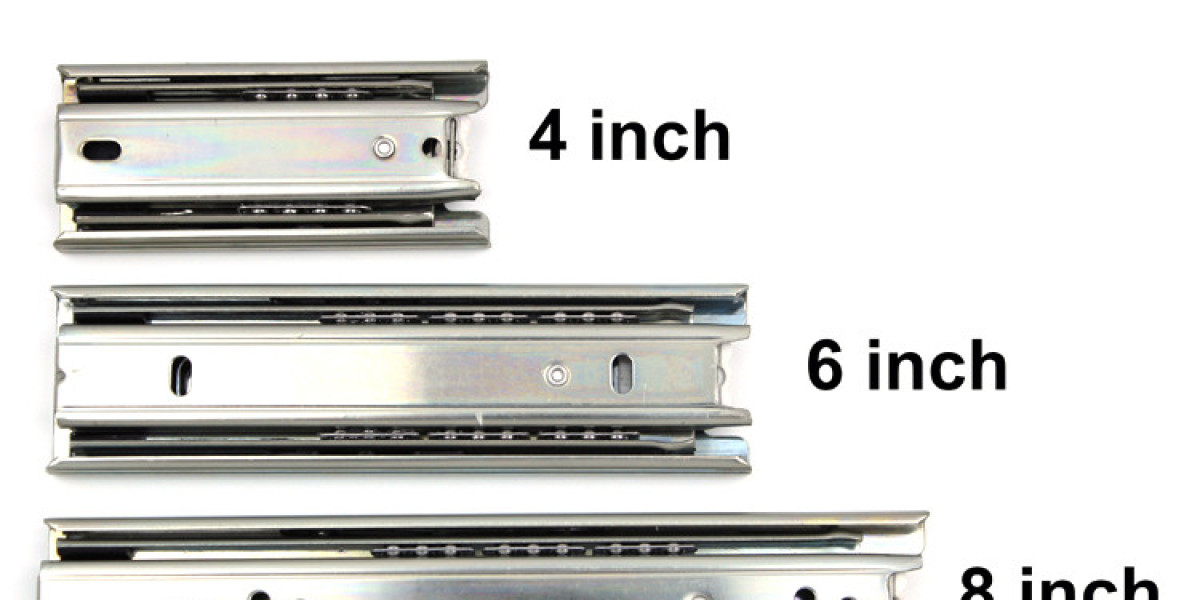What are Duplex Forged Fittings?
Explanation of Duplex
Duplex is a type of stainless steel that combines the microstructures of austenitic and ferritic steels, offering a blend of strength and resistance to corrosion. This unique structure enables duplex steel to handle harsher environments compared to traditional stainless steel.
Definition of Forged Fittings
Duplex Forged fittings are components formed through the forging process, where metal is shaped by applying compressive forces. This method enhances the strength of the fitting, making it resistant to cracking under pressure.
Importance of Duplex Forged Fittings in Industrial Applications
Duplex forged fittings have become essential in industries that require highly durable and corrosion-resistant components. They are used in environments where traditional fittings might wear down or fail, making duplex fittings a valuable investment for long-term use.
Advantages of Using Duplex Forged Fittings
High Corrosion Resistance
Duplex fittings resist corrosion, especially in environments involving salt, acidic, or other reactive elements, which makes them ideal for offshore and industrial applications.
Strength and Durability
With a structure that combines the best of ferritic and austenitic stainless steels, duplex fittings have exceptional strength, making them ideal for applications requiring both resilience and toughness.
Cost Efficiency
While initially more expensive than some alternatives, duplex fittings’ durability reduces replacement and maintenance costs, saving money in the long run.
Versatility in Applications
From oil rigs to chemical plants, duplex forged fittings can adapt to various industrial needs due to their durability, strength, and resistance to wear.
Types of Duplex Forged Fittings
- Elbows – Used for changing the direction of flow.
- Tees – Allow the pipe to branch in three directions.
- Couplings – Used to connect two pipes or fittings.
- Unions – Allow easy disconnection and reconnection.
- Reducers – Change pipe diameter smoothly from larger to smaller or vice versa.
Each type is suited for specific configurations and requirements, contributing to their vast range of applications.
Duplex Grades Used in Forged Fittings
Common Grades and Their Properties
The most commonly used duplex grades are 2205 and 2507, each with specific strengths for various applications.
Differences Between Duplex 2205 and 2507
- 2205 Duplex: Known for good general corrosion resistance.
- 2507 Duplex: Superior strength and resistance for more extreme applications.
Manufacturing Process of Duplex Forged Fittings
Overview of Forging Process
The process involves heating duplex steel and shaping it under compressive forces, which improves strength and integrity.
Heat Treatment
Post-forging heat treatment helps to relieve stresses and improve corrosion resistance, ensuring longevity.
Quality Testing
Every fitting undergoes rigorous quality checks, such as ultrasonic testing, to ensure they meet industry standards.
Applications of Duplex Forged Fittings
- Oil and Gas: Essential in pipelines and offshore platforms.
- Chemical Processing: Resilient in handling corrosive chemicals.
- Power Generation: High heat resistance is crucial for this sector.
- Desalination Plants: Withstanding saltwater corrosion is vital in these facilities.
Choosing the Right Duplex Forged Fittings for Your Project
Considering the Environment and Application
Evaluate your project's specific needs, including exposure to chemicals, high temperatures, and pressure, to determine if duplex forged fittings are suitable.
Selecting the Right Grade
For more extreme conditions, choose a higher grade like 2507, while 2205 suits general-purpose needs with milder conditions.
Comparing Duplex Forged Fittings with Standard Forged Fittings
Strength Comparison
Duplex offers superior tensile strength compared to many standard fittings, especially in corrosive environments.
Cost Differences
Duplex fittings might have a higher initial cost, but their longevity and minimal maintenance requirements make them cost-effective.
Installation Tips for Duplex Forged Fittings
Preparation and Tools Required
Proper preparation includes having the right tools, such as torque wrenches, and ensuring clean, smooth edges for a secure fit.
Common Installation Mistakes to Avoid
Avoid over-tightening and ensure correct alignment to prevent leaks and damage over time.
Maintenance and Inspection of Duplex Forged Fittings
Cleaning and Inspection Procedures
Routine cleaning and checking for signs of wear or corrosion help maintain performance and extend the lifespan of the fittings.
Signs of Wear and When to Replace
Look for discoloration, cracking, or leakage, which are indicators that replacements might be necessary.
Key Considerations for Long-Term Performance of Duplex Fittings
Consider factors such as exposure to extreme temperatures, pressures, and corrosion. Regular maintenance and choosing the appropriate grade help enhance long-term performance.
Environmental Impact of Using Duplex Forged Fittings
Sustainability Benefits
Due to their longevity and resistance to harsh elements, duplex fittings reduce material waste, making them a more sustainable choice in the long run.
Conclusion
Duplex forged fittings are an excellent choice for industrial applications requiring strength, durability, and corrosion resistance. By understanding the specific types, grades, and applications of duplex forged fittings, industries can make informed choices that ensure the longevity and efficiency of their operations.







